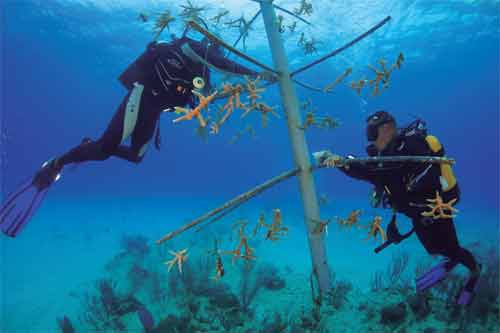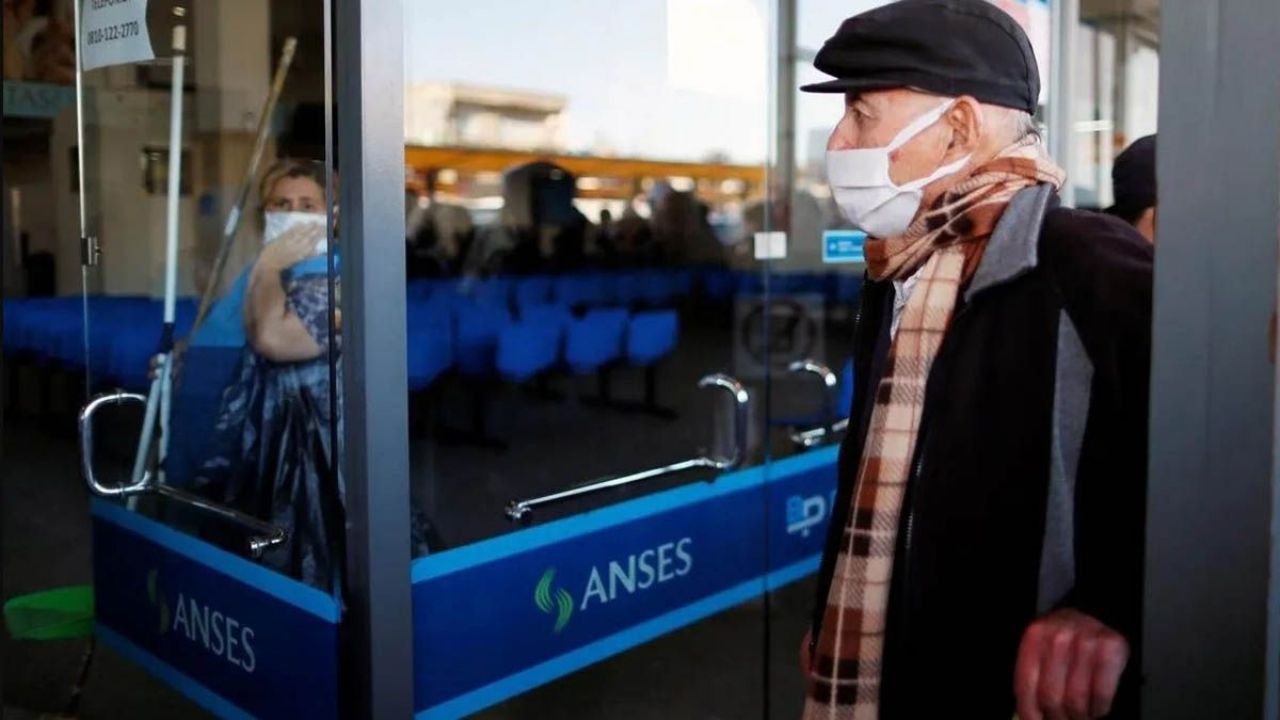The beaches in Cuba are a divine treasure. Those that have been in our archipelago along the entire north coast are as incredible as the photos of our tourist destinations that they look like the bluish tones of the water edited in Photoshop.
As soon as you walk through Varadero, leaving Playa avenue behind, the white sand begins to lead you into adventure. Like a talcum powder, or cornstarch so fine and white it is. And as you cross the wooden bridges, the dunes welcome you to paradise.
Bluish water, as transparent as if it were artificial. When the sun is good, the foam barely draws the waves. The calm, the warmth of the water temperature. The blue sky at its best. There is no one who can resist enjoying such a special experience.
However, a whole underwater world lives among colors, shapes and animals unknown to bathers, submerged in so many beautiful reefs we could imagine. This is the case of Coral beach, entering through the old road that connected Matanzas with Varadero.
Just three years ago, on a snorkeling tour it was painful to witness an entire gray background, absent of life, opaque corals and a scarcity of fish. Tropical organisms at the same time that they deteriorate terrestrial life, they do a lot of damage in the depths.
The force and fierceness of the sea in the middle of a cyclone or tropical storm, no one is able to imagine how hostile it becomes with the agitation of the waves that carry huge rocks and destroy in their wake a habitat of dissimilar species, a perfect ecosystem.
Photo: Luis Muiño / Taken from CubaPlus
Today the scene has changed drastically, but for the better. The Life Task, an initiative of the Cuban government in conjunction with the Ministry of Science, Technology and Environment to counteract the effects of climate change, has worked miracles.
There are young lovers of nature and the seabed, divers and experts in the field to mitigate the consequences of meteorological events and the uncontrolled fishing of man, which brought with it an area in danger and which is currently a protected area.
The result, shortly after starting this humane work, has made a whole warm color palette come to life in red, yellow, and carmelite corals. Blue and yellow fish, of different types, accompany you throughout the excursion of more than 30 minutes.
Likewise, the guide – diver is the one who leads the aquatic walk in search of something extraordinary that goes hand in hand with man, but in favor of nature. Who would imagine underwater cultivation possible? Coral farming is the great treasure of Coral Beach.
Large trees designed with plastic pipes can be seen in its backgrounds. Atypical figures of the seabed, however, on them, small corals hang and grow little by little to later plant them in the substrate and reach adults like their predecessors.
Coral Beach and Tarea Vida, examples that man can reverse his evils towards the environment, that the strategy has been effective for the preservation of the seabed and that as long as there is a good and planned intention, satisfactory results can be achieved. that enable a better future for all life on Planet Earth.






